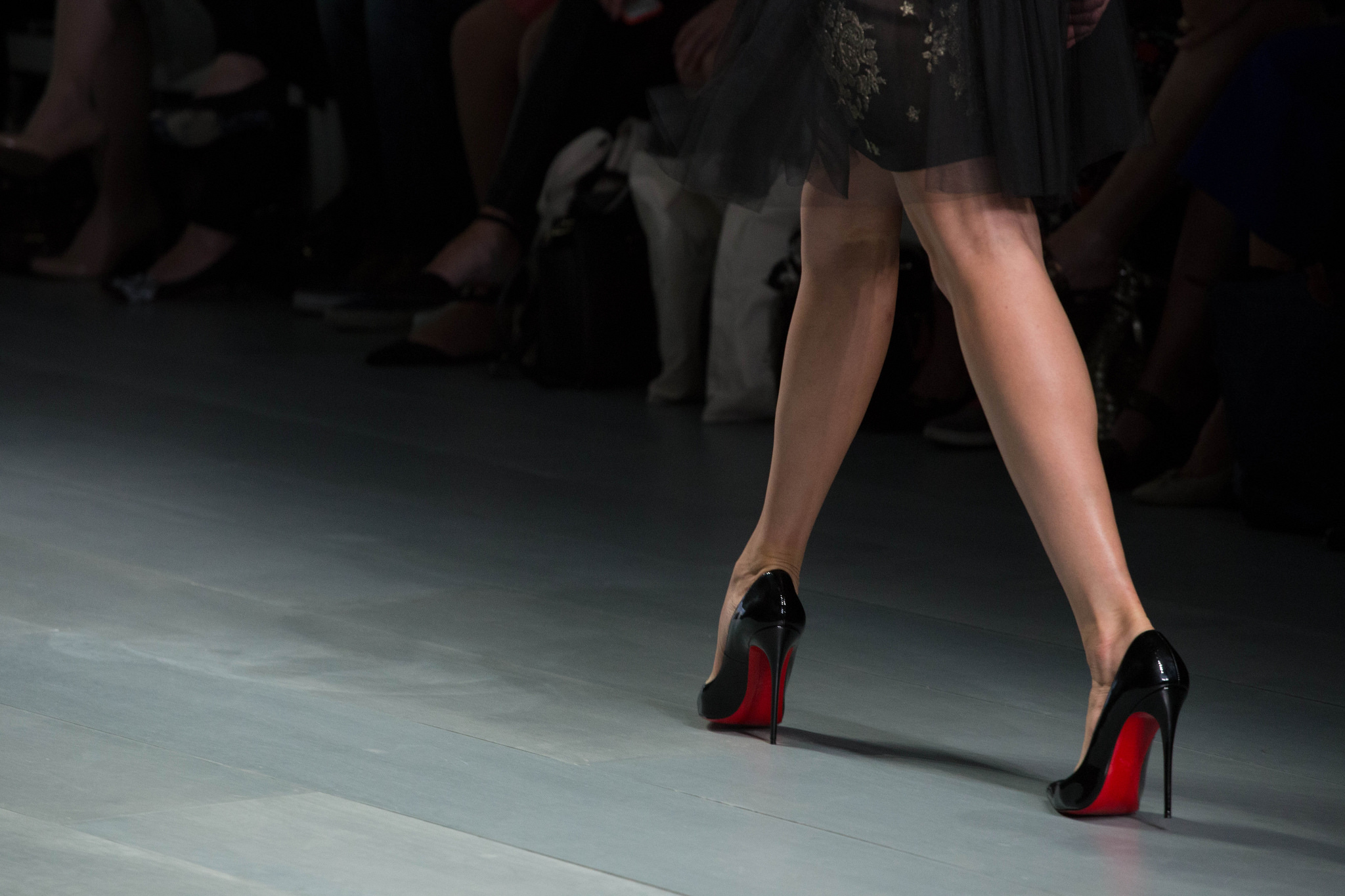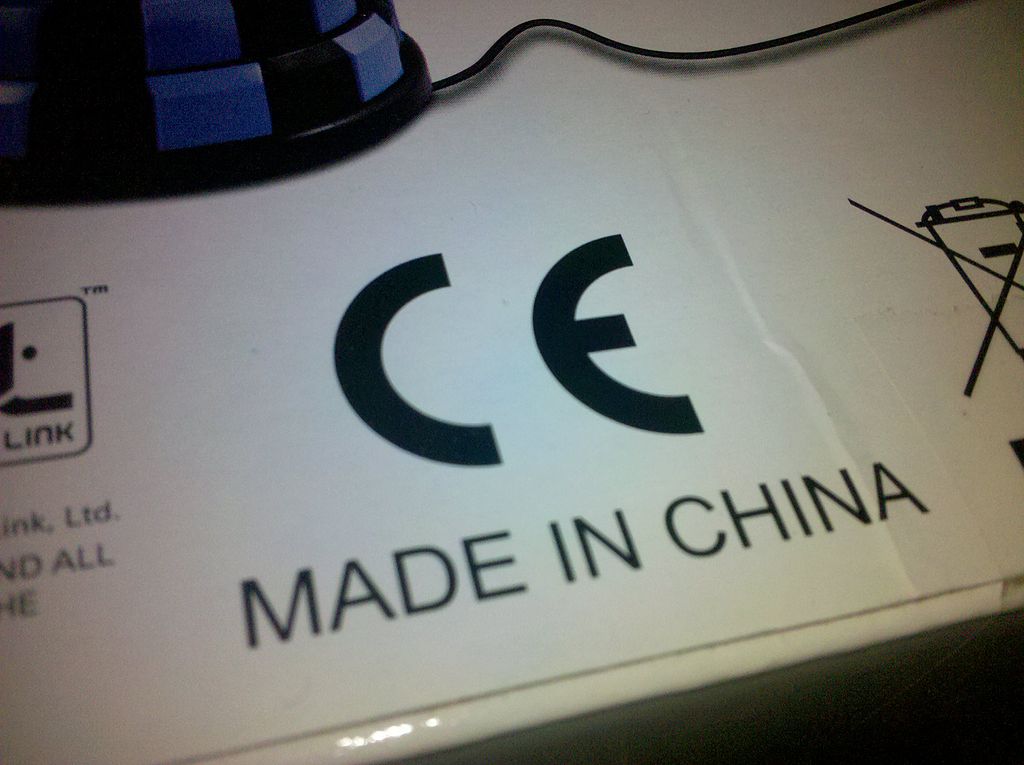AARON kan Warhol niet zijn

Op vrijdag 8 september gaf Ana Ramalho op de Faculteit der Rechten een lezing gedurende het PAS Festival. De vraag is of er copyright moet worden toegekend aan kunstmatige intelligentiesystemen die artistiek en literair werk creëren. (English text)
AARON is a computer program created in the late´70s by Harold Cohen, encoded to generate not only videos and pictures autonomously, but, with the increment of a mechanical arm, real time painting. Since its development, it has evolved considerably, from producing childish paintings to complex works. However, it has limitations, as Dr. Ana Ramalho pointed out: Aaron cannot think outside the box.
With the increasing refinement of its functions, and the creation of other artificial intelligence systems that can produce other types of artistic and literary works, such as Racter, whose book is being sold on Amazon, an inevitable discussion arises. Do these works enjoy copyright protection?
Dr. Ana Ramalho argues that, even though copyright exists independently of the merit of a literary and artistic work, it cannot be granted to a work that was not created by a human being, for several reasons.
Firstly, the duration of the protection is necessarily related to the life of a person, since a copyright lasts for a minimum period of 50 years (of 70 years in most countries) from the death of the author.
Secondly, for a copyright to be granted, an authorship is required, and, even if in some countries a legal fiction authorizes companies to be considered the author of a work, there is no legal space for arguing the same for machines.
Lastly, the concept of originality as one of the requirements to confer copyright protection to a given work, as construed in most jurisdictions, requires a human being figuring as the author. In the United States, for instance, even though a “modicum of creativity” is considered enough for granting copyright protection, creativity is considered a product of intellectual conception, which is necessarily related to humans. Moreover, in the European Union, it is essential that the author makes free and creative choices, putting his personal stamp in that work, so it can be protected by copyright, which cannot be seen in AARON’s works.
Dr. Ana Ramalho concluded arguing that the legal systems as found today do not confer copyright protection to artistic and literary works created by artificial intelligence systems. According to her, this is the correct option because copyright has three fundamental rationales, none of which could be satisfied if protection were delivered to AI’s works, namely: i) It compensates the author for his/her intellectual efforts; ii) protects the author’s personality that is reflected in the work; and iii) encourages authors to produce more artistic and literary works.
None of these objectives can be applied to artificial intelligence, since machines do not have emotions, the notion of effort is foreign to them and the incentive mechanism would have no impact, since they have no means of reaping the benefits of their works.
According to her, copyright protection is a strong mechanism of monopoly, which takes out from the public domain artistic and literary works for a long period of time. Hence, caution is needed when assessing whether a given work should enjoy such protection, especially when the three main rationales that guide the copyright system cannot be fulfilled.
Regardless of the argument above, the creations originating from artificial intelligence should be disseminated, because, as artistic and literary works, they are of public interest. Dr. Ana Ramalho suggests, then, the creation of complementary rights next to copyright to be granted to disseminators, so as to encourage programmers to keep on working on AI systems, such as AARON, without compromising the public domain.
This blog was written by: Carolina Moreira, Yashaswini Srinivas and Conrado de Freitas.
Published on Law Blogs Maastricht
Andere blogs:
Lees ook
-
Christian Louboutin vs Van Haren Schoenen - Het CJEU zal beslissen of de rode kleur op de zolen van Louboutin schoenen een aspect met betrekking tot de vorm van het product vertegenwoordigen. In dit geval zou het niet beschermd zijn. (Engelstalige blog)
-
Bij de verdeling van de EU tariefcontingenten is het toetsen van de wettelijke gevolgen van de Brexit voor de agrarische sector van het VK cruciaal. Het is onduidelijk of het VK zal slagen om de in-quota tarieven te vestigen voor belangrijke producten die de bestaande niveaus kopiëren. (English text...
-
De Europese Unie moderniseert momenteel haar anti-dumping regeling. De methode verandert zodanig dat ze hoopt om China te paaien terwijl ze de effectiviteit van de EU’s handelsbeschermingsinstrumenten behoudt. Olav de Wit van de master internationaal recht, schetst echter grote juridische en...


